Optimal Timing for Waterproofing
Waterproofing is a crucial process to prevent water intrusion and protect structures from damage. The optimal timing for waterproofing depends on climate conditions, project type, and material application. Proper scheduling ensures effective sealing and longer-lasting results.
Spring offers moderate temperatures and less precipitation, making it ideal for waterproofing projects. It allows sufficient curing time before summer heat or winter cold.
Warm weather and longer daylight hours facilitate faster drying and curing of waterproofing materials. However, high humidity may require adjustments in application.
Fall provides cooler temperatures and less rain, suitable for waterproofing. It helps prepare structures for winter conditions.
Winter is generally not recommended due to freezing temperatures that hinder proper curing. Special cold-weather materials are needed if waterproofing is necessary.
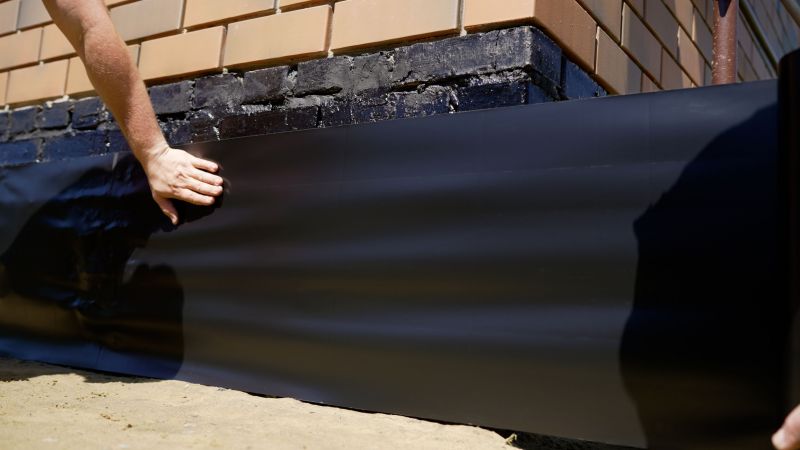
Spring conditions provide an optimal environment for effective waterproofing projects.
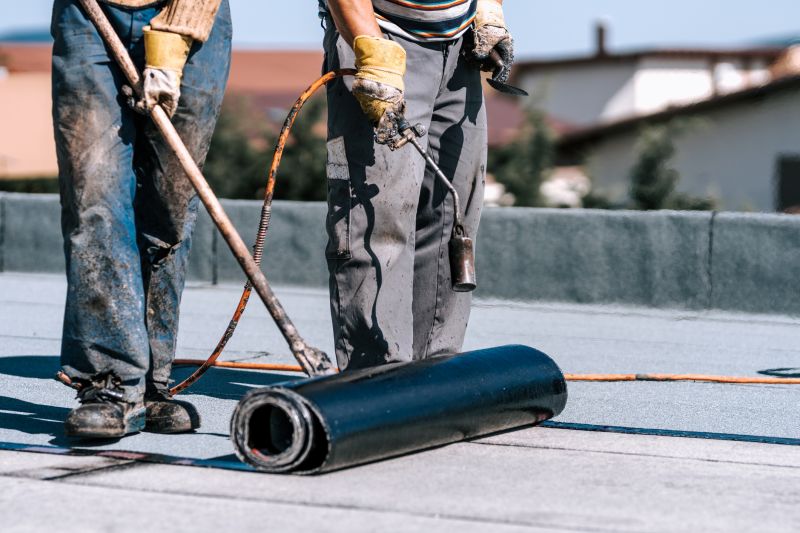
Utilizing summer warmth for efficient waterproofing application.
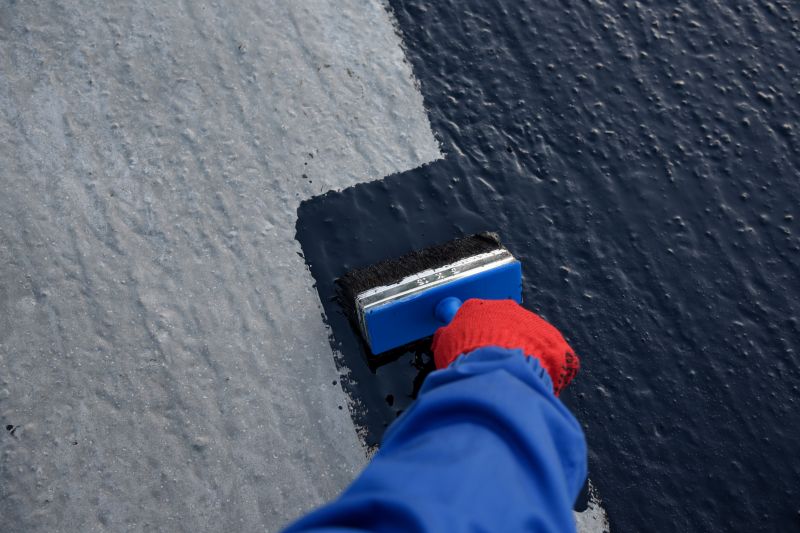
Applying waterproofing to prepare for winter months.
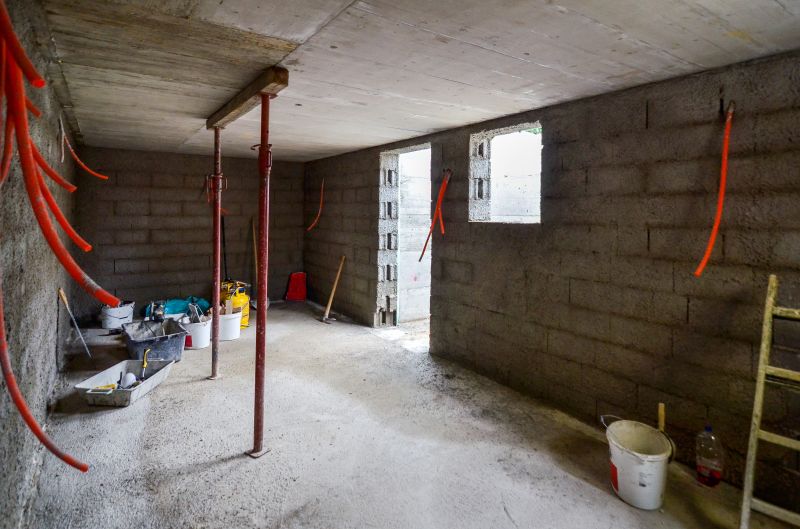
Ways to make Waterproofings work in tight or awkward layouts.
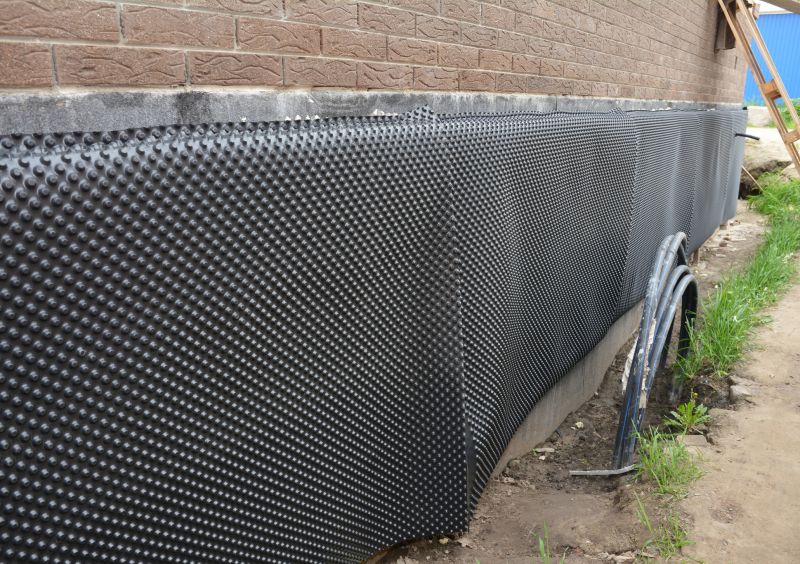
Popular materials for Waterproofings and why they hold up over time.
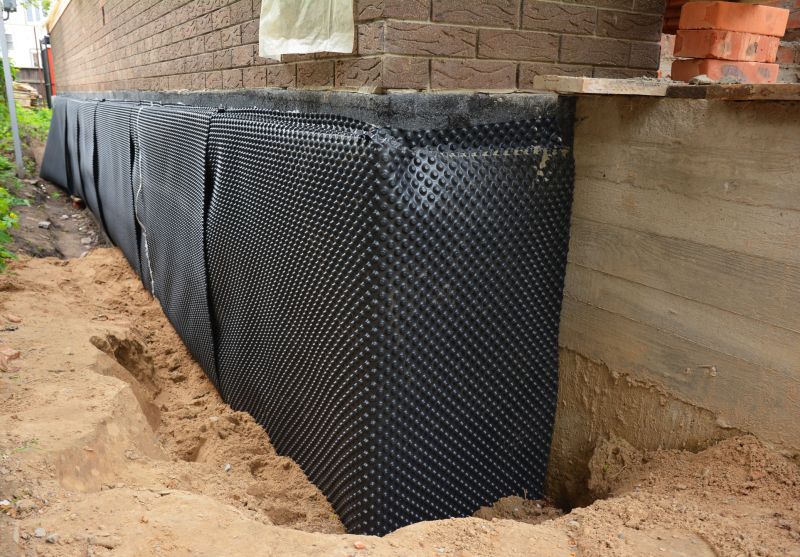
Simple add-ons that improve Waterproofings without blowing the budget.
| Season | Optimal Conditions |
|---|---|
| Spring | Temperatures 50-70°F, low humidity, dry weather |
| Summer | Temperatures 70-85°F, low humidity, minimal rain |
| Fall | Temperatures 50-70°F, dry weather, moderate humidity |
| Winter | Below freezing temperatures, not recommended without special materials |
Waterproofings are essential for protecting structures from water damage, which can lead to mold, structural deterioration, and costly repairs. Proper timing and application techniques ensure the durability and effectiveness of waterproofing systems. Advances in materials allow for more flexible application windows, but understanding seasonal conditions remains critical for optimal results.
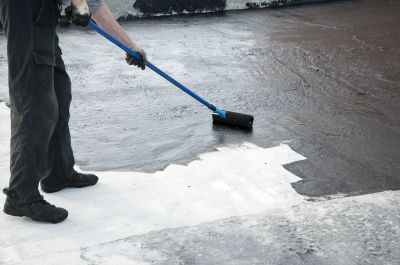
Application during favorable weather conditions ensures quality results.
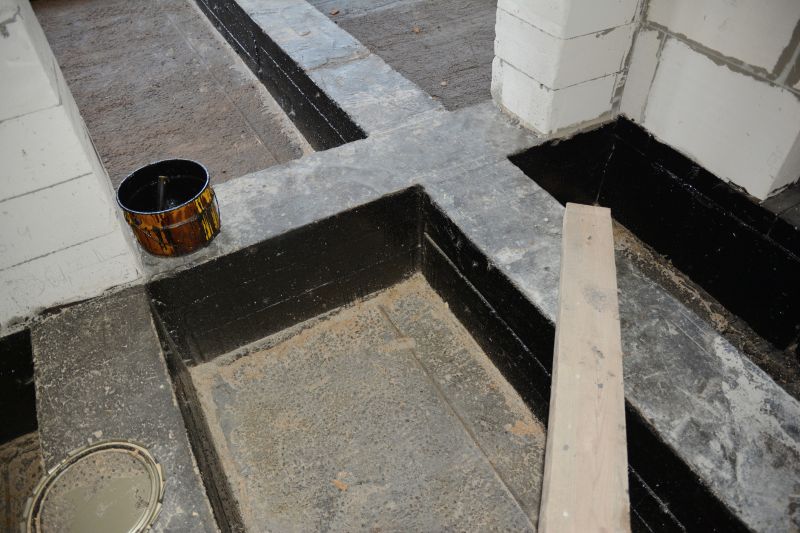
Proper curing is vital for waterproofing longevity.
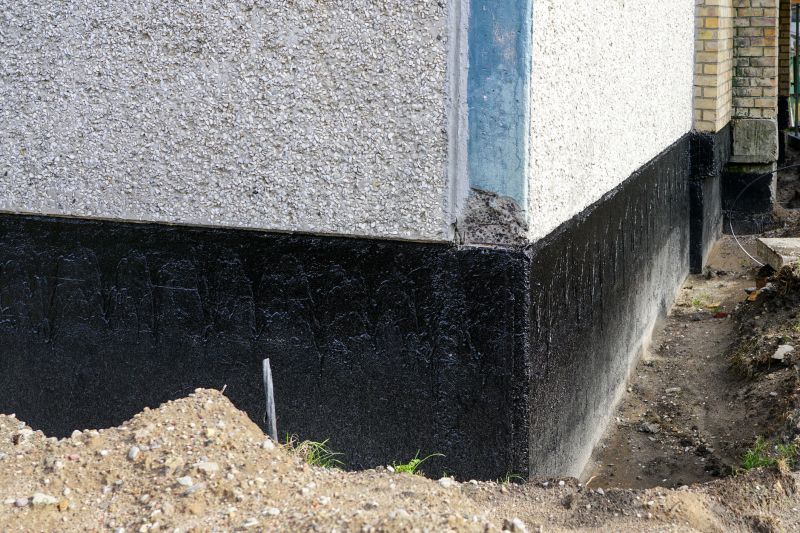
Effective sealing protects structures from water intrusion.
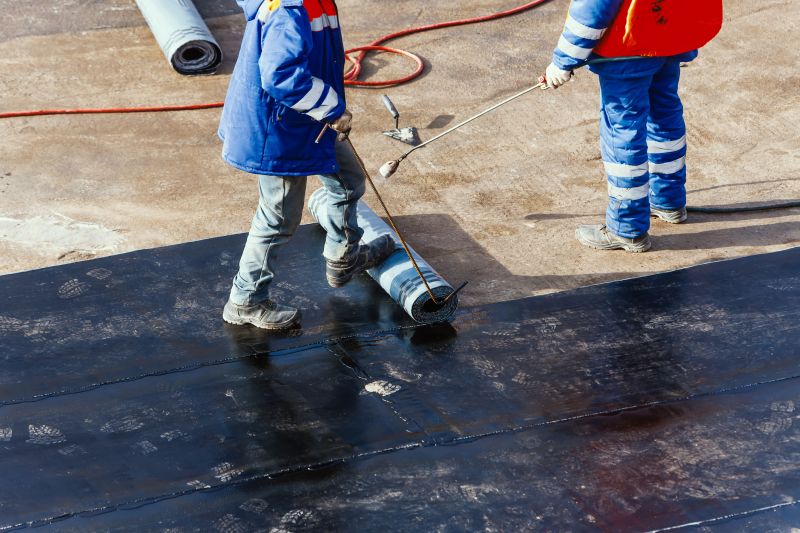
Different materials are suited for various seasonal applications.
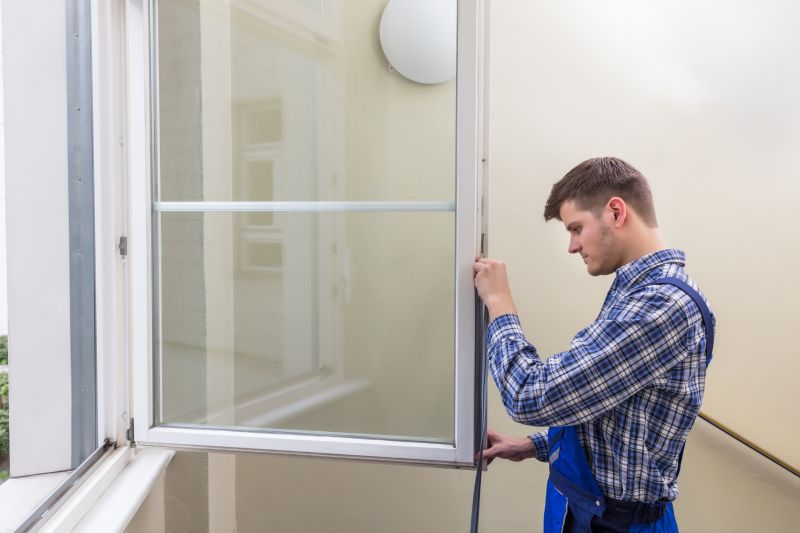
High-end options that actually feel worth it for Waterproofings.
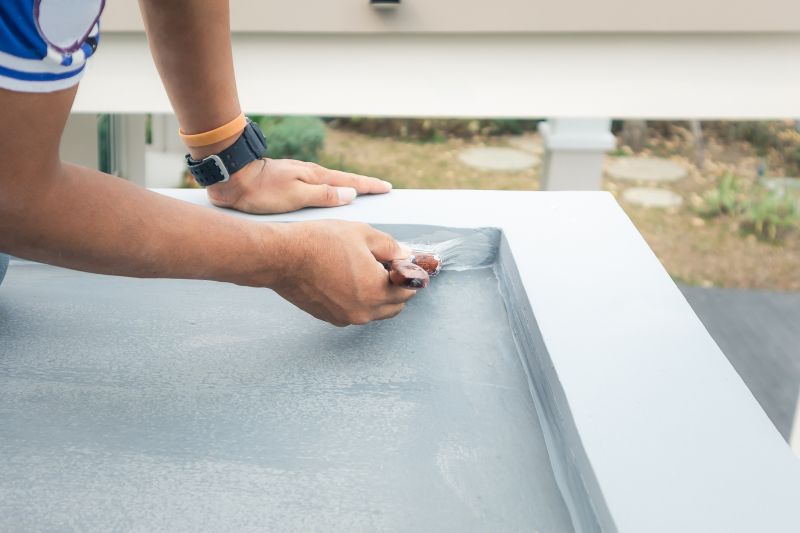
Finishes and colors that play nicely with Waterproofings.
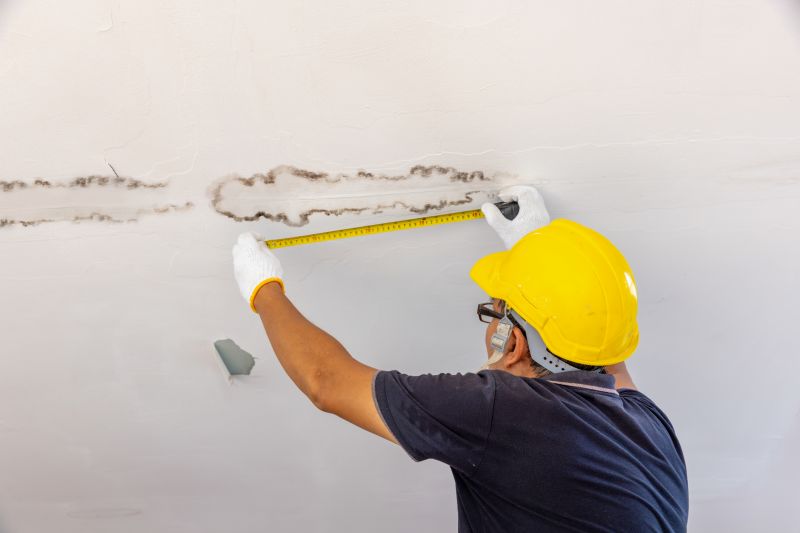
Little measurements that prevent headaches on Waterproofings day.
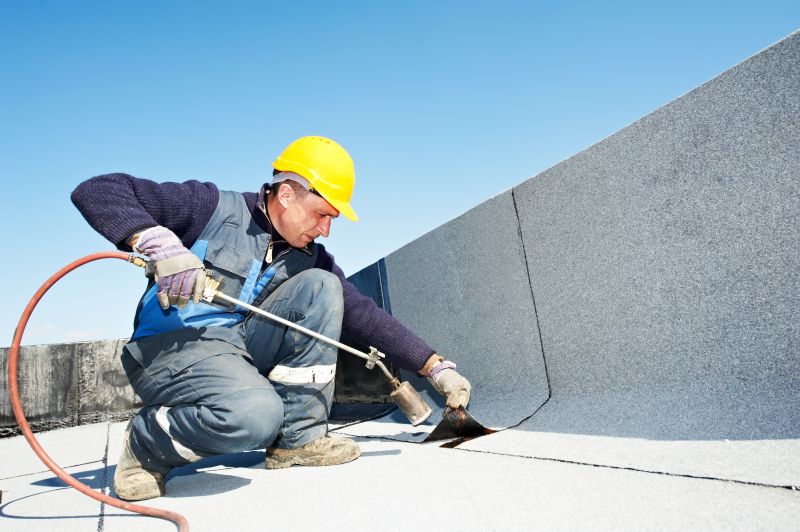
A 60-second routine that keeps Waterproofings looking new.
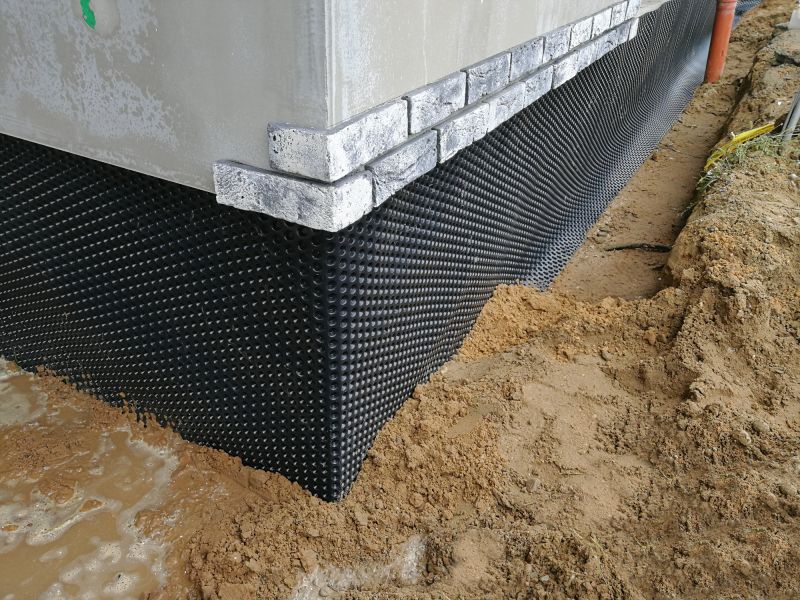
A frequent mistake in Waterproofings and how to dodge it.
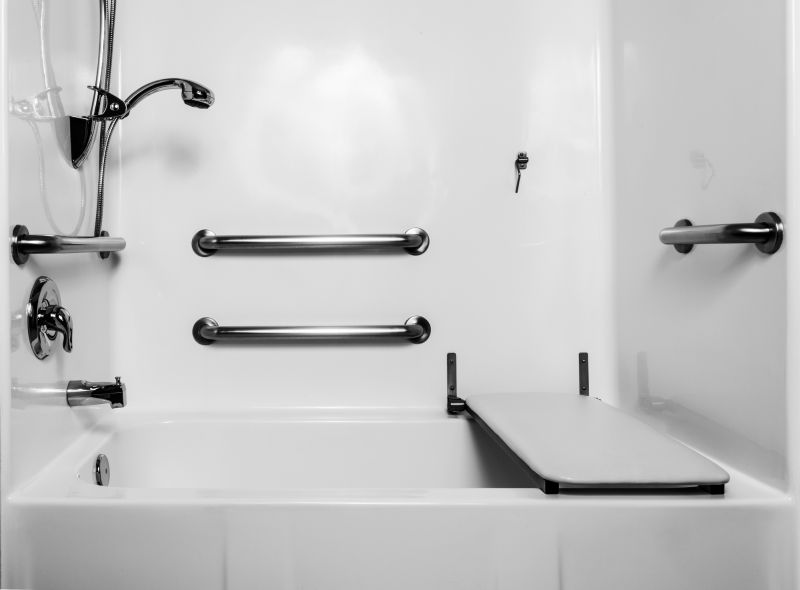
Small tweaks to make Waterproofings safer and easier to use.

Lower-waste or water-saving choices for Waterproofings.
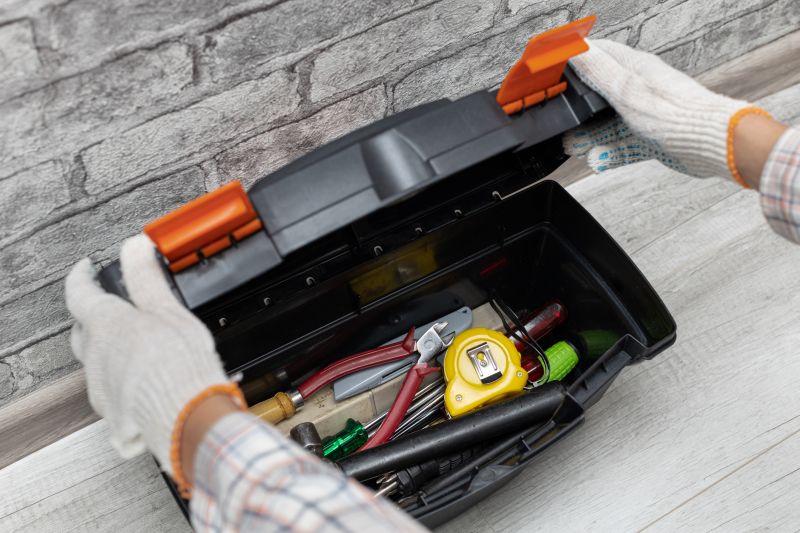
The short, realistic tool list for quality Waterproofings.
Interested in waterproofing services? Filling out the contact form provides an opportunity to discuss project needs and scheduling options. Proper timing and expert application are key to ensuring long-term protection against water damage.

